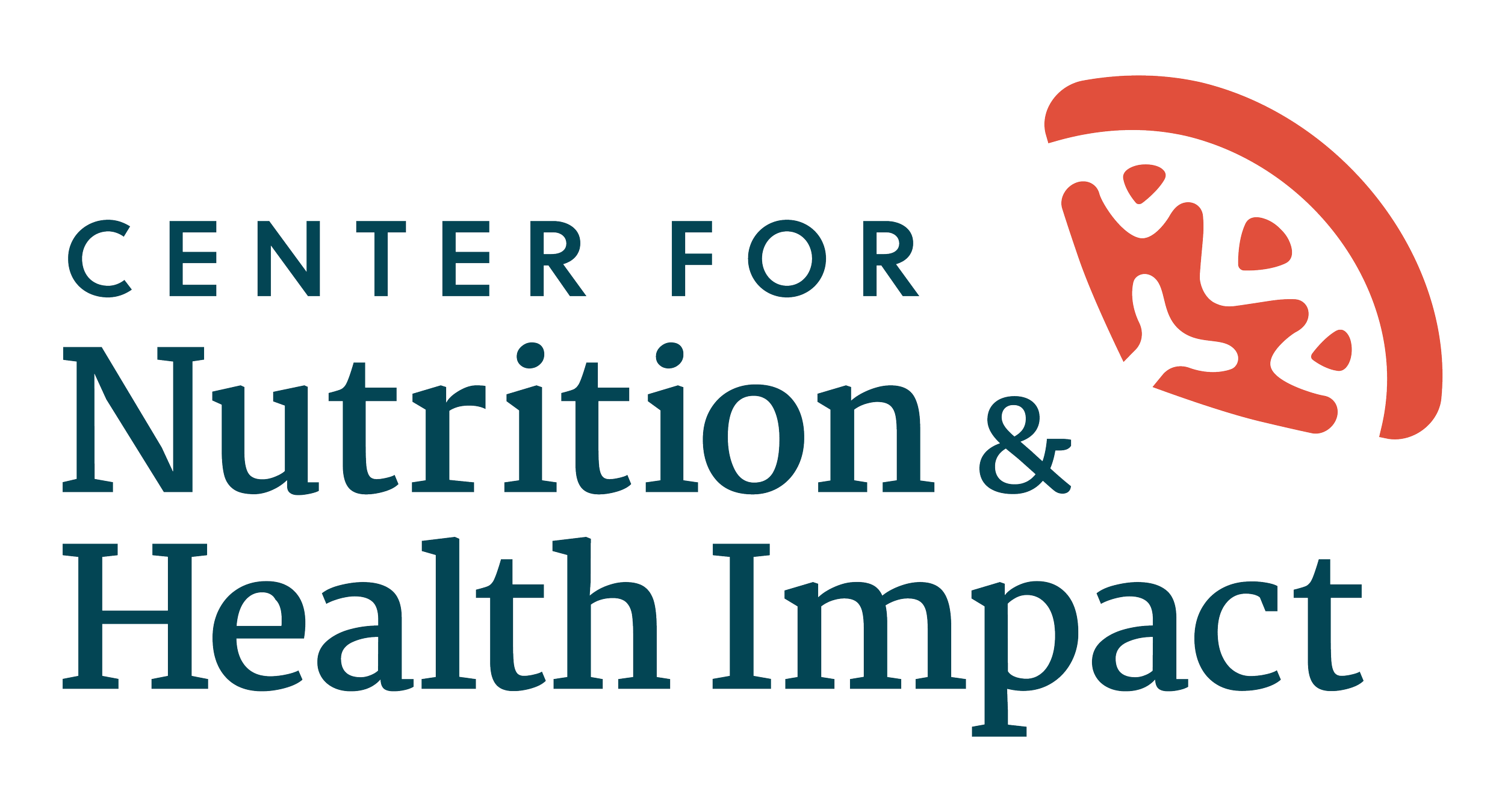
Overview
The rapid proliferation of the COVID-19 pandemic represents an unprecedented public health challenge for federal, state and local authorities. Given the need to control the spread of the virus, evolving directives for front-line providers, business closures and social distancing have been highly disruptive to essential healthcare, social services and economic activities, leading to a significant increase in individual and community stress. The speed and magnitude of change is forcing jurisdictions and communities to find new ways to cope with stress and build resilience – a challenge that represents immediate and long-term risks to our individual and societal health. This document provides a framework and strategies that can help government agencies, commercial, and non-profit organizations enhance and support community stress resilience initiatives using proactive, targeted and meaningful engagement.
Sources of stress during the coronavirus pandemic:
Uncertainty about risk and exposure
Fear of becoming ill
Limited access to testing and treatment
Overcoming illness
Concerns around misinformation
Food safety and insecurity
Economic insecurity and job loss
Social isolation
Social fragmentation
Increased burden in caretaking and parenting
Increased substance use
Domestic violence/abuse
The Need for Addressing Community Stress Resiliency
Stress represents a normal response to perceived threats, but it can negatively impact mental and physical health including anxiety, depression, substance use and PTSD, particularly when the stressor is prolonged or chronic and uncertain in duration, such as with natural disasters, environmental contamination and the current COVID-19 pandemic. Vulnerable and disadvantaged communities are particularly at risk given their disparity in access to resources. Conversely, community resilience refers to the ability to adapt to changing conditions, promote health and recover rapidly.
National, state, and local organizations are making tremendous efforts to address the immediate safety and material needs of our communities. Given the confluence of factors impacting our health and wellbeing, these organizations need to rapidly implement a broad, coordinated response – including a signficiant virtual intervention component – to support community stress resilience.
CNHI and Guidehouse have extensive experience developing and implementing community stress resilience strategies for public health priorities. Our work with federal, state, and local public health agencies includes planning, community engagement, and intervention development. We understand how the social and material dimensions of stress can vary significantly based on individual and community-level factors, including socioeconomic status, access to care, social support, and other factors. In the case of COVID-19, these stressors are presenting as chronic, ubiquitous, and given the indefinite timeframe of the pandemic, can lead to additional secondary stressors that will lead to greater morbidity and mortality in the mid-to-long term if not addressed.
Community Stress Resilience for Environmental Contamination
Guidehouse and CNHI assembled a team to help a federal health agency target the intersection of stress, resilience and environmental contamination in communities experiencing long-term contamination from per- and polyfluoroalkyl substances (PFAS) and related pollutants. Activities included the development of an evidence-based framework for community stress intervention, training, communications tools, and resources for public health professionals.
Enhancing Community Resiliency
Developing and implementing a coordinated response strategy for stress resilience will help to proactively reduce risk, decrease stress-related morbidity and mortality, and identify and promote resources for local, state, and national response to the COVID-19 pandemic. How your organization chooses to address community stress in light of this pandemic will depend on community needs, available resources, and public health capacity. There is no single approach to engaging communities; it is necessary to tailor a set of initiatives in close coordination with ongoing response efforts including clinical and social services, and guidance from federal authorities such as CDC and FEMA. This also includes the imperative to ‘First, Do No Harm!’ Guidehouse and CNHI recommend a range of strategies to accommodate agency bandwidth and resources for immediate and secondary community intervention as outlined below.
FIRST, DO NO HARM! Remember: public health actions can increase stress and reduce community resilience.
DO NOT downplay the significance of individual and community concerns.
DO NOT assume your organization’s preferred method of communicating is optimal for all communities.
DO NOT overpromise what your organization can do to help the community.
DO NOT opt out of engaging just because you do not have all the answers.
DO NOT include jargon or acronyms in your messaging.
For more information, contact CNHI’s Executive Director Amy Yaroch, PhD.

